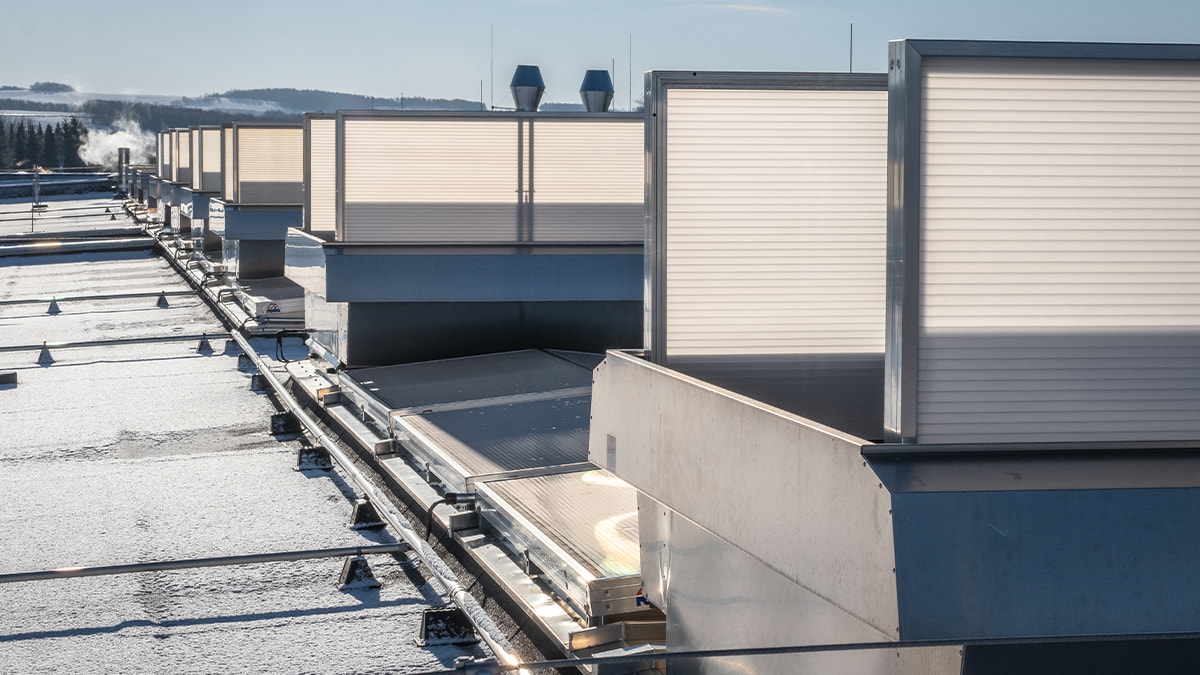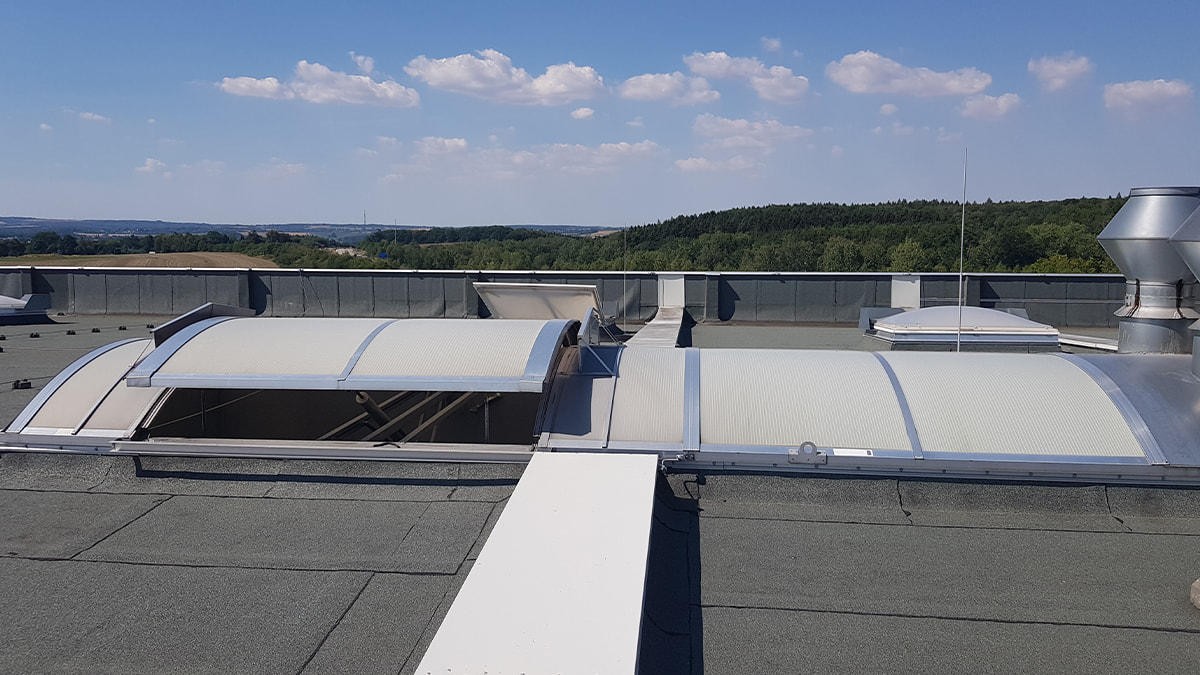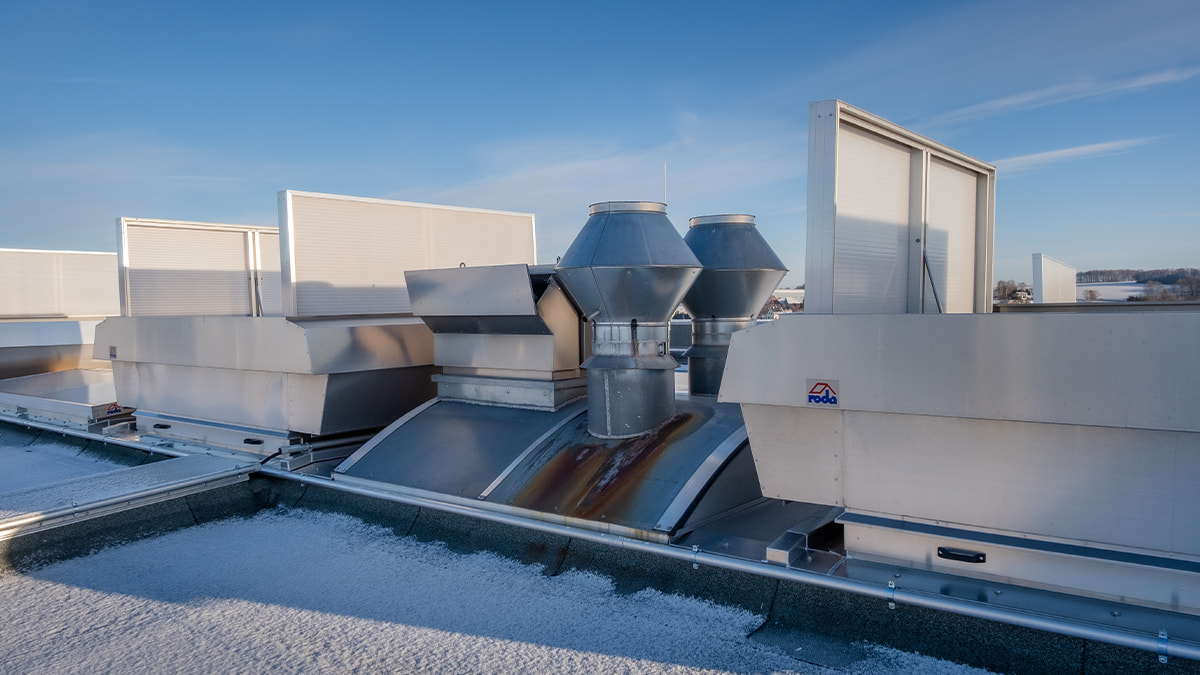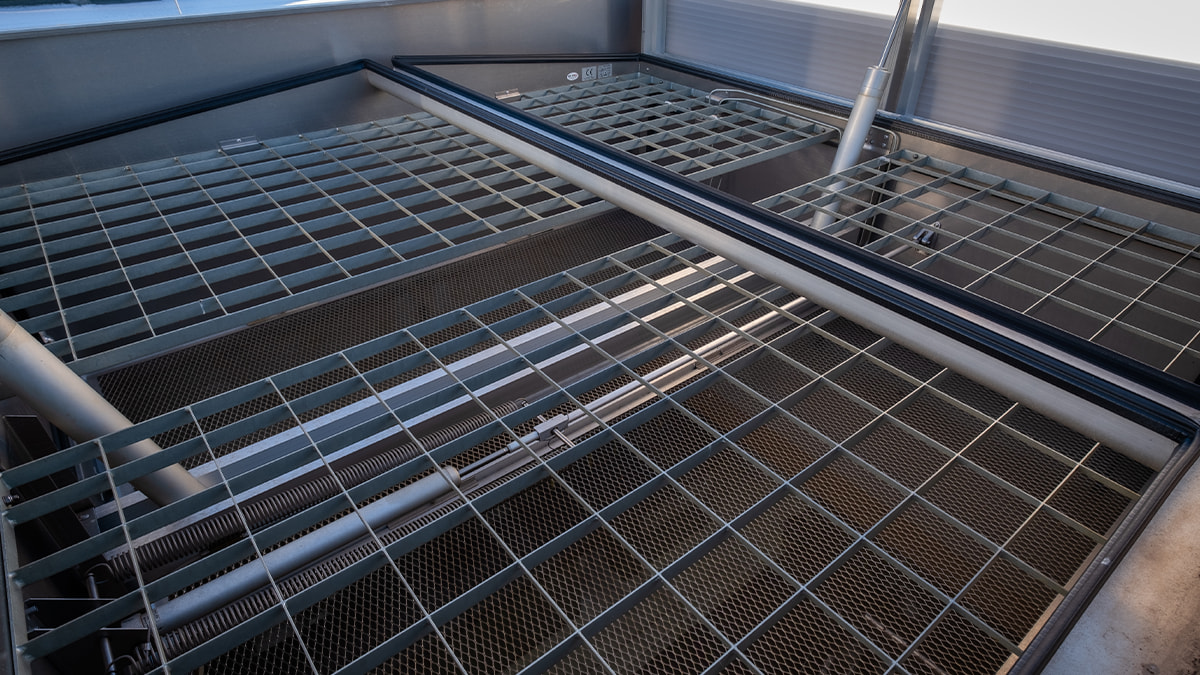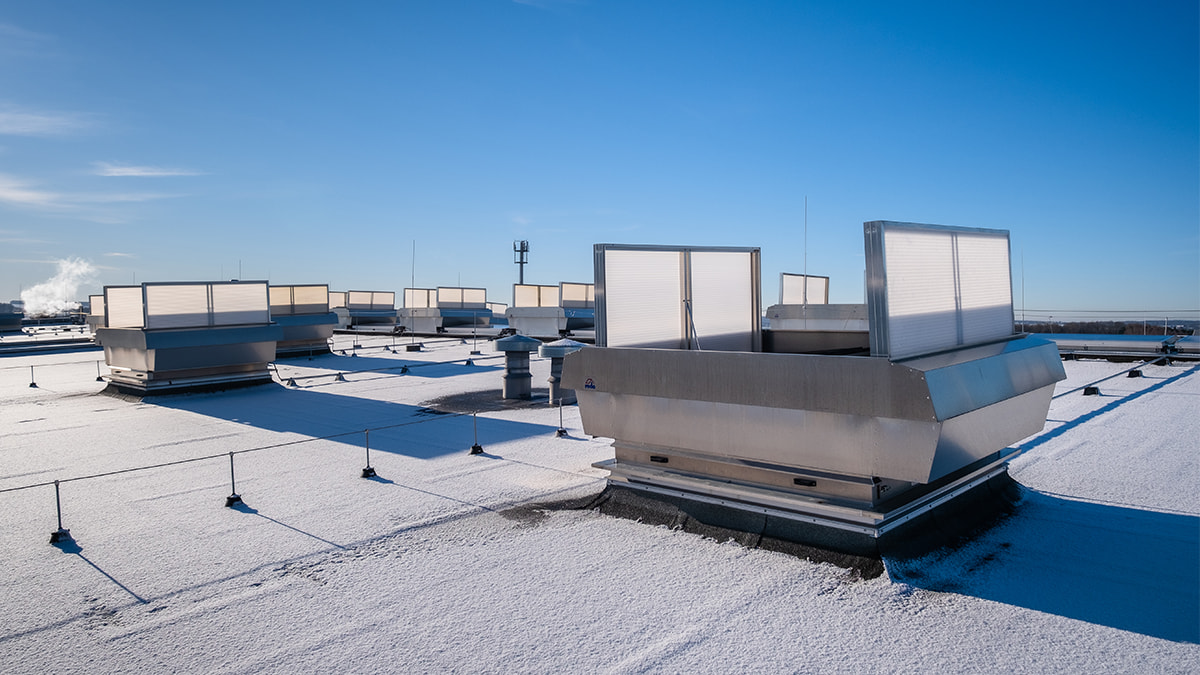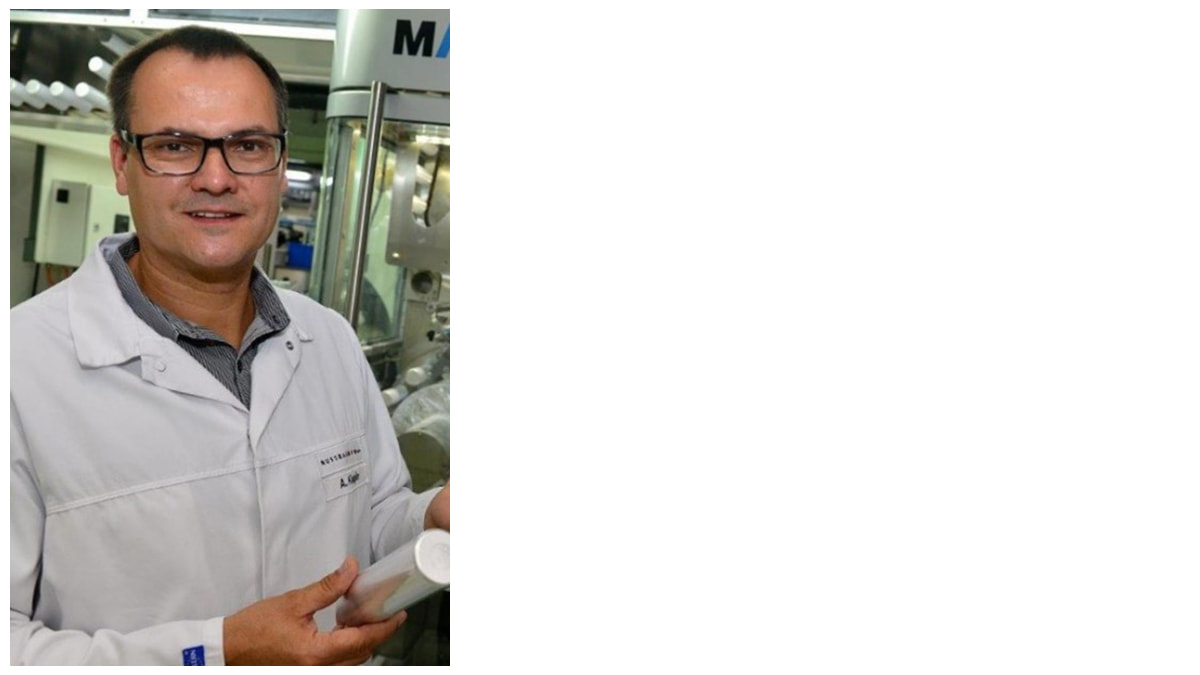Permanent air and heat exchange
In aluminium processing
Nussbaum Frankenberg GmbH, founded in 1993, is a familyowned company with three production sites and meanwhile has more than 400 employees. The group is active nationally and internationally in the production of high-quality and sustainable aluminium cans. Particularly in terms of sustainability, Nussbaum is a leader with its Nucan-PCR recyclable cans. These aluminium monobloc cans made of 100% used beverage cans, achieve a CO2 reduction of 96%. The aluminium cans are developed and manufactured in-house, lacquered individually and distributed. The main application of the products is in the food and pharmaceutical industries. The challenge of the production facility: Aluminium processing is basically very energy-intensive, which leads to a high heat load in the production hall.
Brief description
Location: Nussbaum Frankenberg GmbH
Project: Renovation resp. creation of a permanent ventilation possibility
Period: 2019-2020
Object installed: 23 double flap ventilators type MEGAPHÖNIX including insect screens, nine double flap ventilators type PHÖNIX
Renovation with reuse of the roof openings
Thanks to careful planning, the renovation measures could take place during ongoing operations. The renovation work on the roof was also kept to a minimum by using the on-site bases. This meant that no further roofing work was necessary, and the roof sealing remained intact.
By using an adapter flange, on-site tolerances were compensated during assembly and the individually manufactured double flap fans, accurate to the millimetre, were mounted on the existing bases.
REQUIREMENTS ON THE SYSTEMS
In order to produce primary packaging for pharmaceutical products, certain hygiene standards must be met due to the direct contact. The requirements for quality management are specified in the GMP 15378 standard (principles of good manufacturing practice), which includes, among other things, insect-fly protection. With the certification for the production of primary packaging for medicinal products, the higher hygiene standards had to be met. An insect-proof design of the natural ventilation systems made the renovation necessary.
The necessary renovation also offered the opportunity to get the heat problem under control. For aluminium to be processed, a processing temperature of at least 400 °C has to be reached, the melting temperature of aluminium is 660.3 °C. In addition, the painting work leads to aerosols, small particles, in the air and has a strong impact on man and machine. The previously installed continuous rooflights, rooflights and ventilation flaps could by no means ensure the necessary air and heat exchange. The old rooflights with their stroke of 300 mm were only suitable to a limited extent. This meant that in summer the rooflights partially had to be unlocked manually on the roof to achieve a sufficient air and heat exchange. This was very time-consuming and expensive.
The roda systems
To ensure a permanent and sufficient exchange of air and heat, it was decided to use 23 double flap ventilators of type MEGAPHÖNIX with the dimensions 1900 x 1900 mm. The MEGAPHÖNIX is a multipurpose ventilator that can be used with the full aerodynamic exhaust area in good weather, with the blades set at 90 degrees. Wind and rain sensors open and close the systems automatically. In addition, side flaps ensure sufficient air exchange, even in bad weather, allowing for a permanent exchange of air and heat. This way it is possible to permanently renew the heavily saturated air and thus protect man and machine.
These systems were supplemented by nine additional double-flap fans of the type PHÖNIX, which exclusively serve as a compensation area. In order to meet the hygienic requirements, all systems were equipped with insect screens. These were designed as a drawer for easy access for cleaning work. The roda systems are real endurance runners and are designed in a way that the flaps can be opened and closed several times a day for years, depending on the weather and production demands.
Thermal buoyancy calculation
Hall area 2880 m²
Hall height 10 m
Heating from working level to under roof 10 K:
Summer fair weather (assumption outside temperature 25 °C):
Calculation for natural thermics:
V = Root (g x h x delta T/TA)
V = Root (9,81 m/s x 10 m x 10 K/298 K)
V = 1,81 m/s
This results in approx. 83 m² opening area in the roof with 23 units
a`3.61 m²:
83 m² x 1,81 m/s = 150 m³/s
150 m³/s x 60 x 60 = 540.000 m³/h this means an 18-fold air exchange rate.
Summer rain (assumption outside temperature 25 °C cooling down to 15° due to rain):
Calculation for natural thermics:
V = Root (g x h x delta T/TA)
V = Root (9,81 m/s x 10 m x 10 K/288 K)
V = 1,85 m/s
This results in approx. 26 m² rainproof opening area in the roof with
23 units a`1.14 m² inner flap area:
26 m² x 1,85 m/s = 48 m³/s
48 m³/s x 60 x 60 = 172.800 m³/h this means an approx. 6-fold air exchange rate even during storms/rain.
That’s what our customer says
We had our production certified for the manufacture of - primary packaging material for pharmaceuticals - which required new hygiene standards. Another challenge was to effectively extract the heat energy, especially on warm days. The concept of the company roda greatly convinced us here and during the implementation, a smooth conversion of the ventilation systems could
even be ensured during ongoing operation.
